Turk's Cap is a beautiful flowering shrub native to Texas and the southeastern region of the United States. It’s mostly a low-growing perennial that’s famous for its little red, tubular flowers that are hummingbird magnets.
Turk’s Cap can spread easily and blooms for almost six months per year. It typically grows to reach two to three feet in height, but it can sometimes reach nine feet.
Besides its attractive looks, Turk's Cap is a go-to choice in a Texas native landscape due to it’s heat- and drought-tolerance. It can also tolerate some moisture, but in direct sunlight, the plant may look wilted.
- Common Name(s): Turk's Cap, Bleeding Hearts, Wax Mallow, Mexican Apple, Sleeping Hibiscus.
- Latin Name: Malvaviscus arboreus var. drummondii (mal-vah-VISS-kus druh-MUN-dee-eye)
- Height: 2–3 ft., can reach up to 9 feet tall.
- Soil Conditions: Well-draining (dry or moist) sandy, clay, or loamy soil.
- Water: Low water needs, but can also tolerate moisture.
- Light: Part sun, deep shade, dappled shade.
- Family: Malvaceae (Mallow Family)

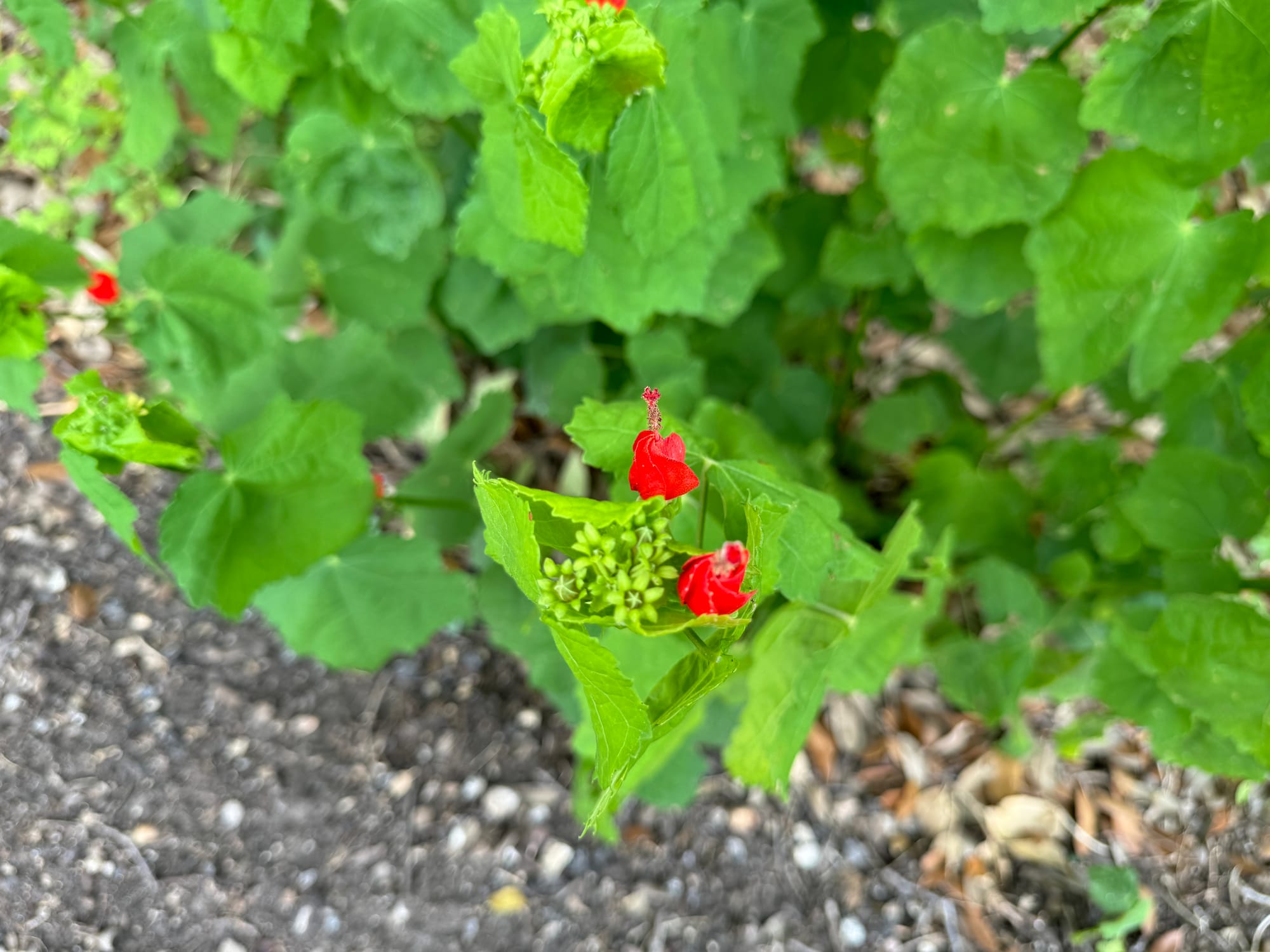
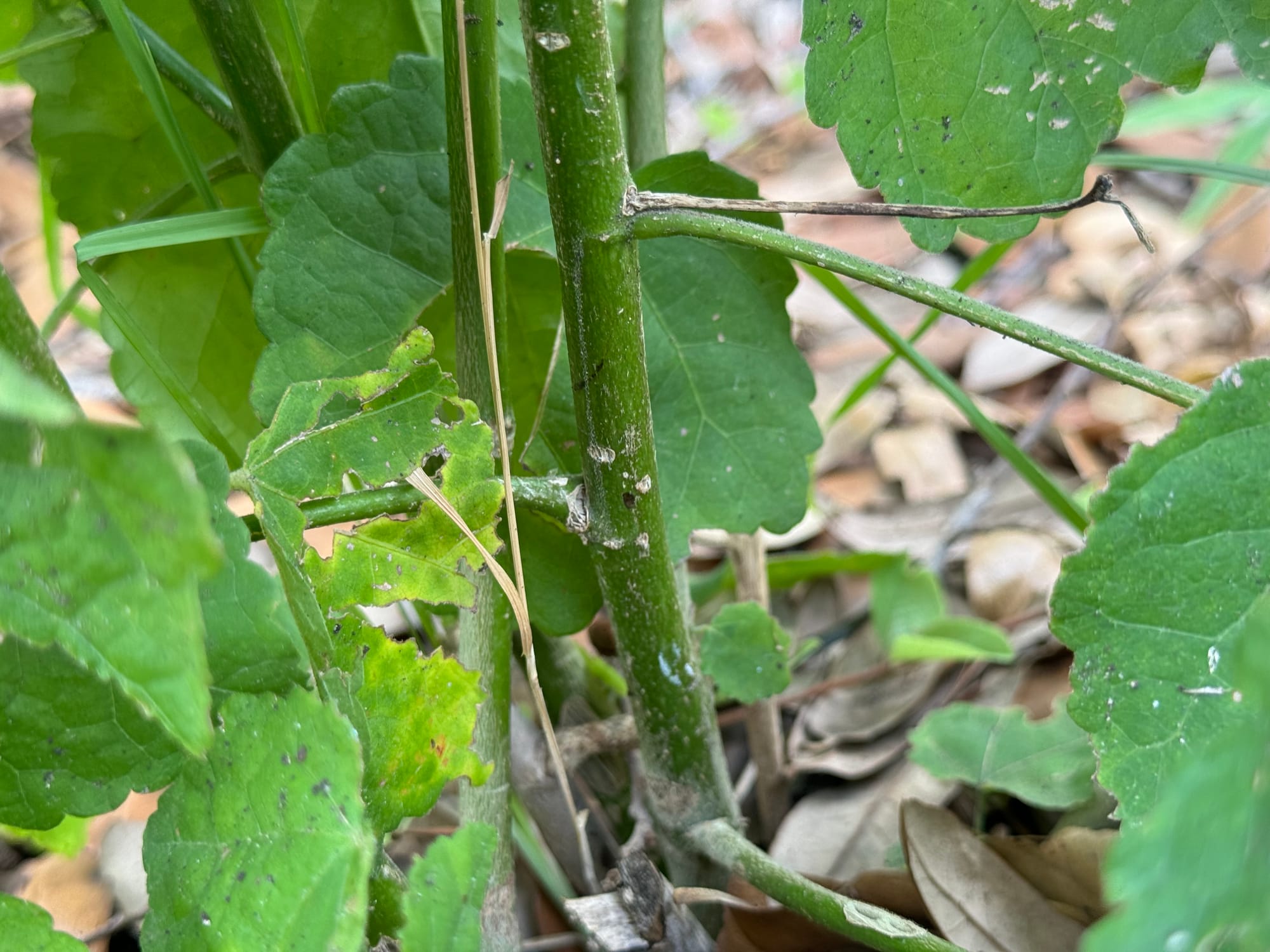
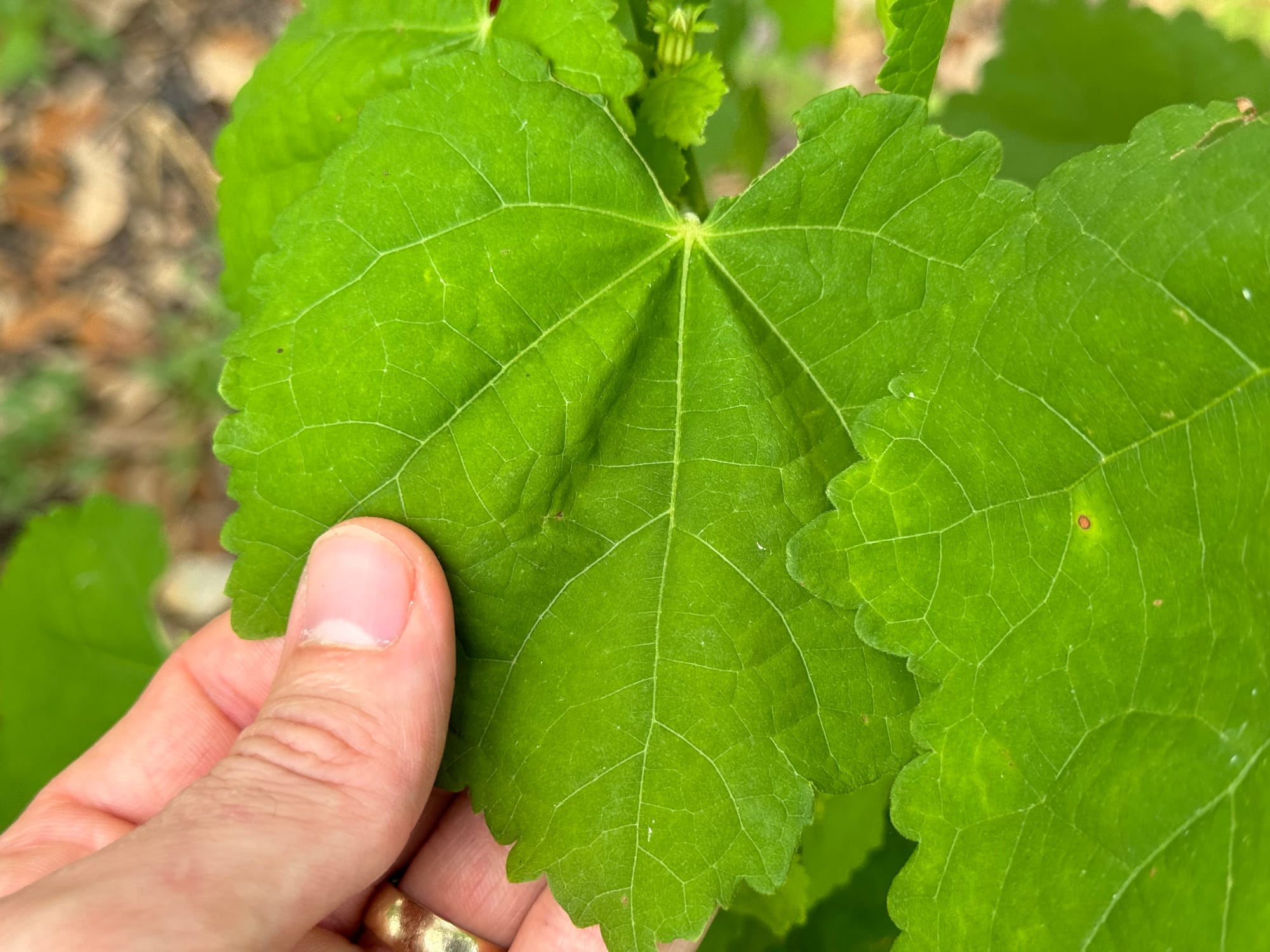
Distribution:
Where Is Turk's Cap Native?


Source: iNaturalist (Accessed: June 13th, 2024)
Turk's Cap is a native plant in the southeastern United States, from central Texas to North Carolina and south to the Florida Keys. The plant’s distribution also extends south to Mexico and parts of Central America.
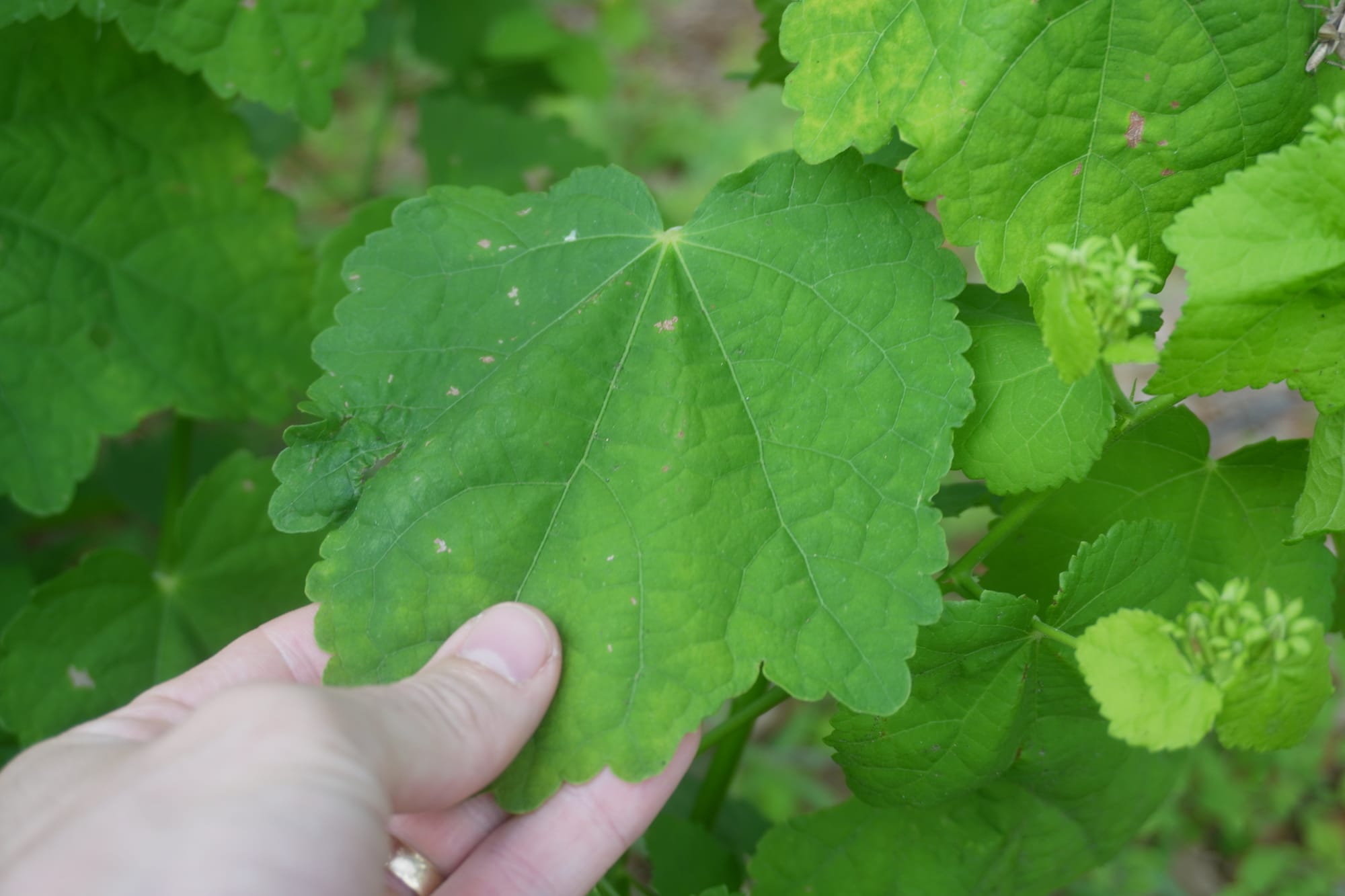
The Benefits of Turk's Cap:
Here are the benefits of planting Turk's Cap for both your garden and wildlife:
For Your Landscape:
- Attractive - I think the showy, bright red flowers of the Turk's Cap plant make a fantastic addition to any garden, introducing a striking burst of color for almost half of the year.
- Low Maintenance - Turk's Cap requires minimal care and can thrive in a variety of Texas' conditions.
- Versatility - The plant is versatile and adaptable to different light. Of course, the level of light will influence how the plant grows (and looks), but, it’s useful and a pleasant addition to a fairly wide range of conditions. I've planted Turk's Cap in a number of different locations on our property and different contexts.
- Wildlife Attractant - The bright blooms attract pollinators, such as hummingbirds, bees, moths, butterflies, and other insects.
- Edible - Most all parts of the Turk’s Cap are edible (see more below). You can use (and eat) the flowers as an accent on a salad or test out the apple-like fruits that follow the bloom of the flowers.
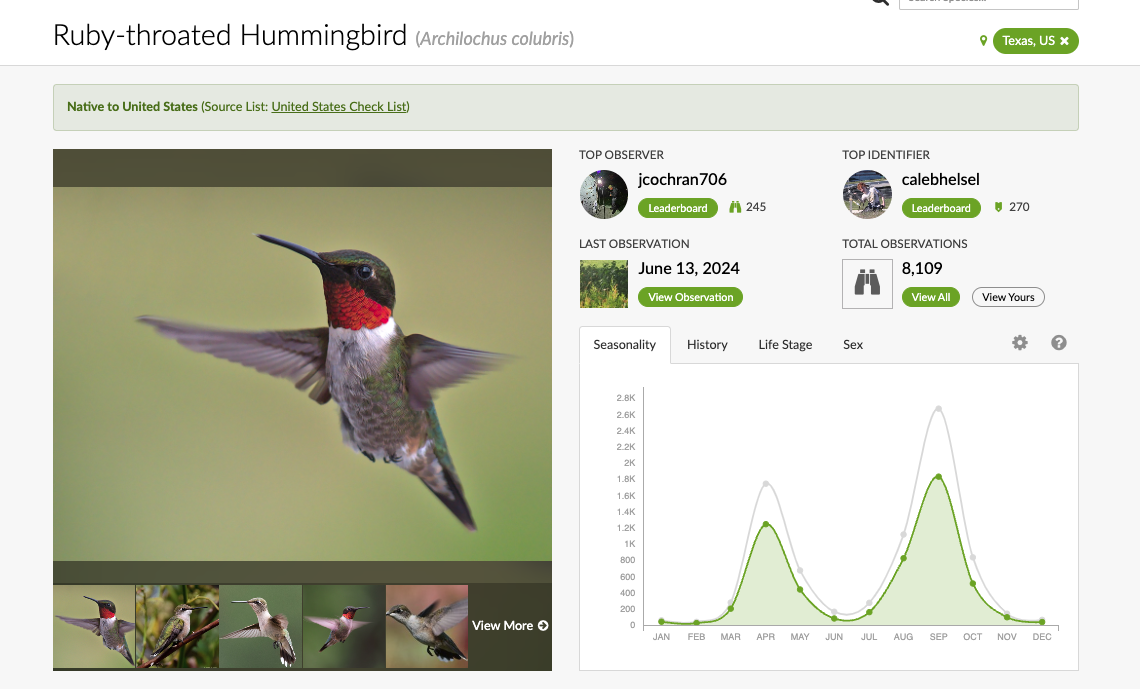
For Wildlife:
- Food Source - Turk’s Cap is an important flower for hummingbirds like the Ruby-Throated Hummingbird on its fall southward migration. Butterflies and diurnal moths and other insects are also attracted to the sweet nectar of the flowers. Apparently, the fruit is enjoyed by several birds and small mammals.
- Host Plant - It acts as the primary host plant for caterpillars of the Turk’s Cap white skipper.
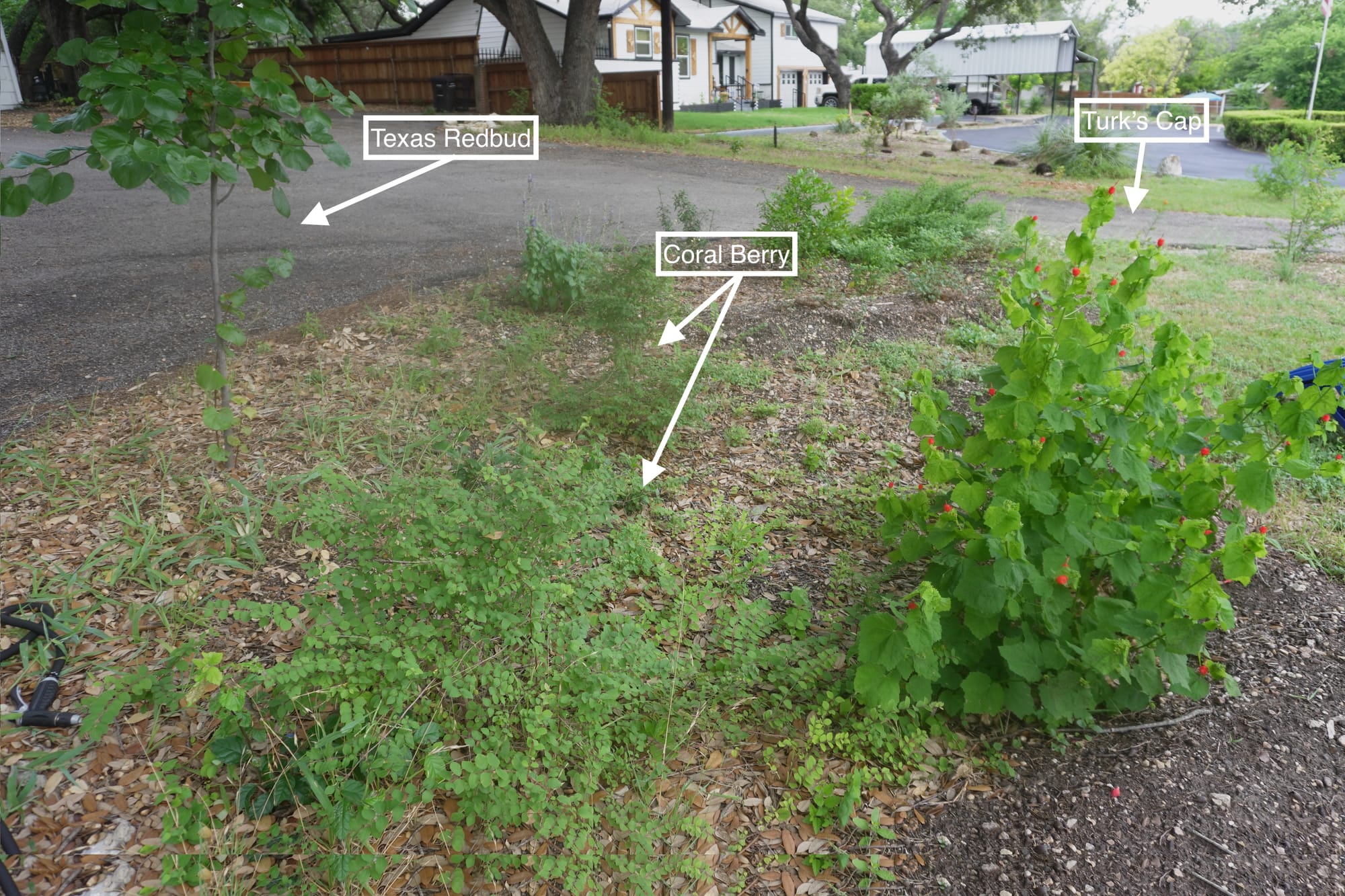
Planting & Care:
Where Is the Best Place To Plant Turk's Cap?
If you’re considering Turk's Cap in your landscape, here are my suggestions for where/how you might want to utilize it:
- Shady Ground Cover: Turk's Cap can make a good ground cover for shady areas of your landscape where you aren’t sure what to plant. It can fill space nicely. It will remain a bit smaller, might offer fewer blooms in the shade as well.
- Understory Plant: Turk’s Cap is a good companion to your mature small and large trees. As it tolerates a wide range of light conditions, you won’t have to worry if it gets shaded out or takes some intense partial sun through openings in the canopy as trees grow. I’ve planted Turk’s Cap beneath our mature trees (Live Oak and the Anacua).
- Bed Edge: The plant can also work excellently as a bed lining. Even in the shade, Turk's Cap can still do well and produce flowers. I have plans to plant more Turk’s Cap along the edge of our screened in porch in a location that’s part-sun/shade right off a gutter downspout.
- Higher Moisture Points: As Turk’s Cap can tolerate greater moisture, it’s worth planting it off the sides of gutter downspouts or low points on your property. It doesn’t like it’s roots remaining wet, however, so, don’t plant it where it will be in standing water for long, the edges are best or just areas that dry quickly. I've planted our Turk's Cap off a gutter downspout and also on the low point of a rainwater harvesting berm.
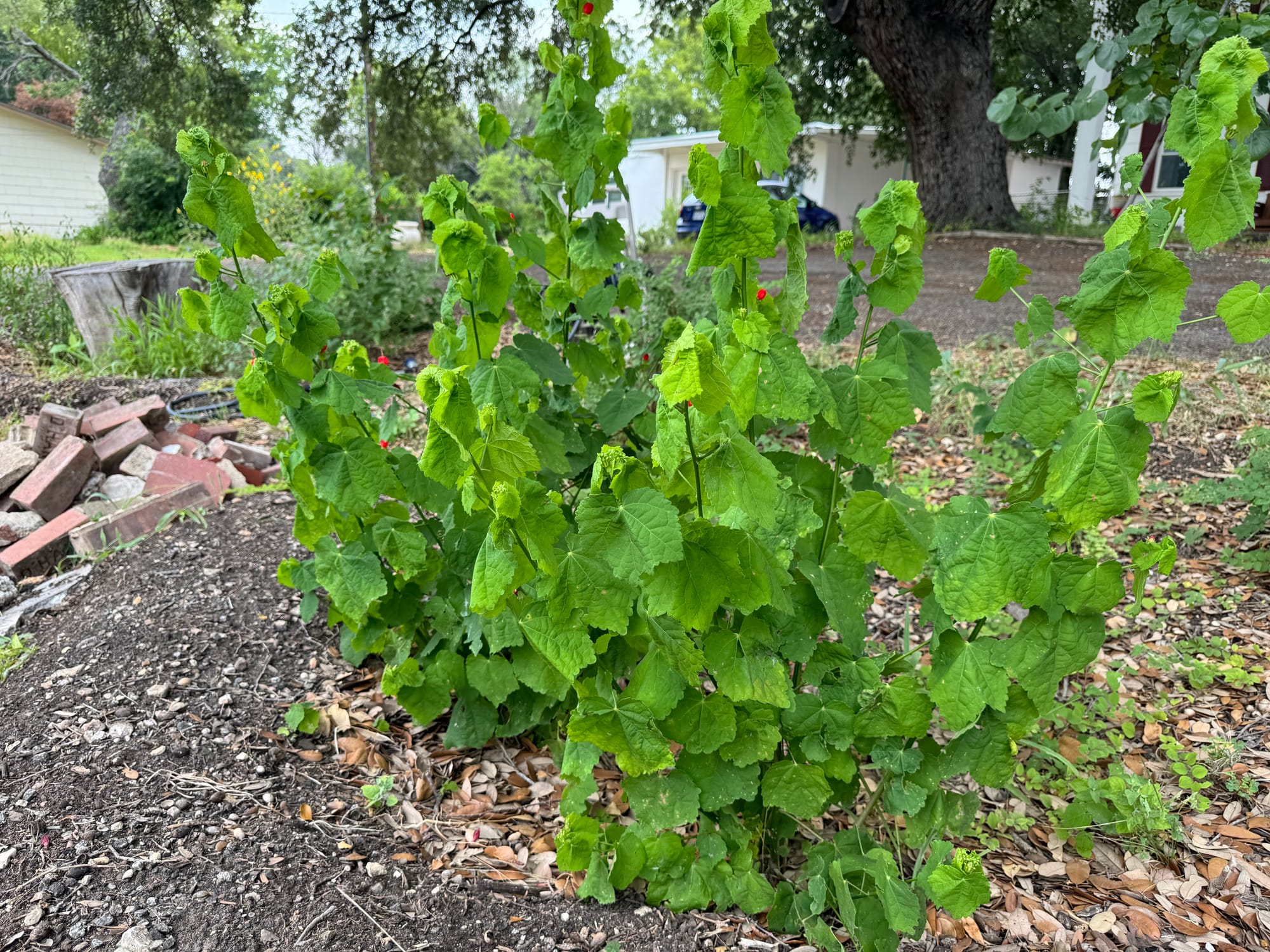

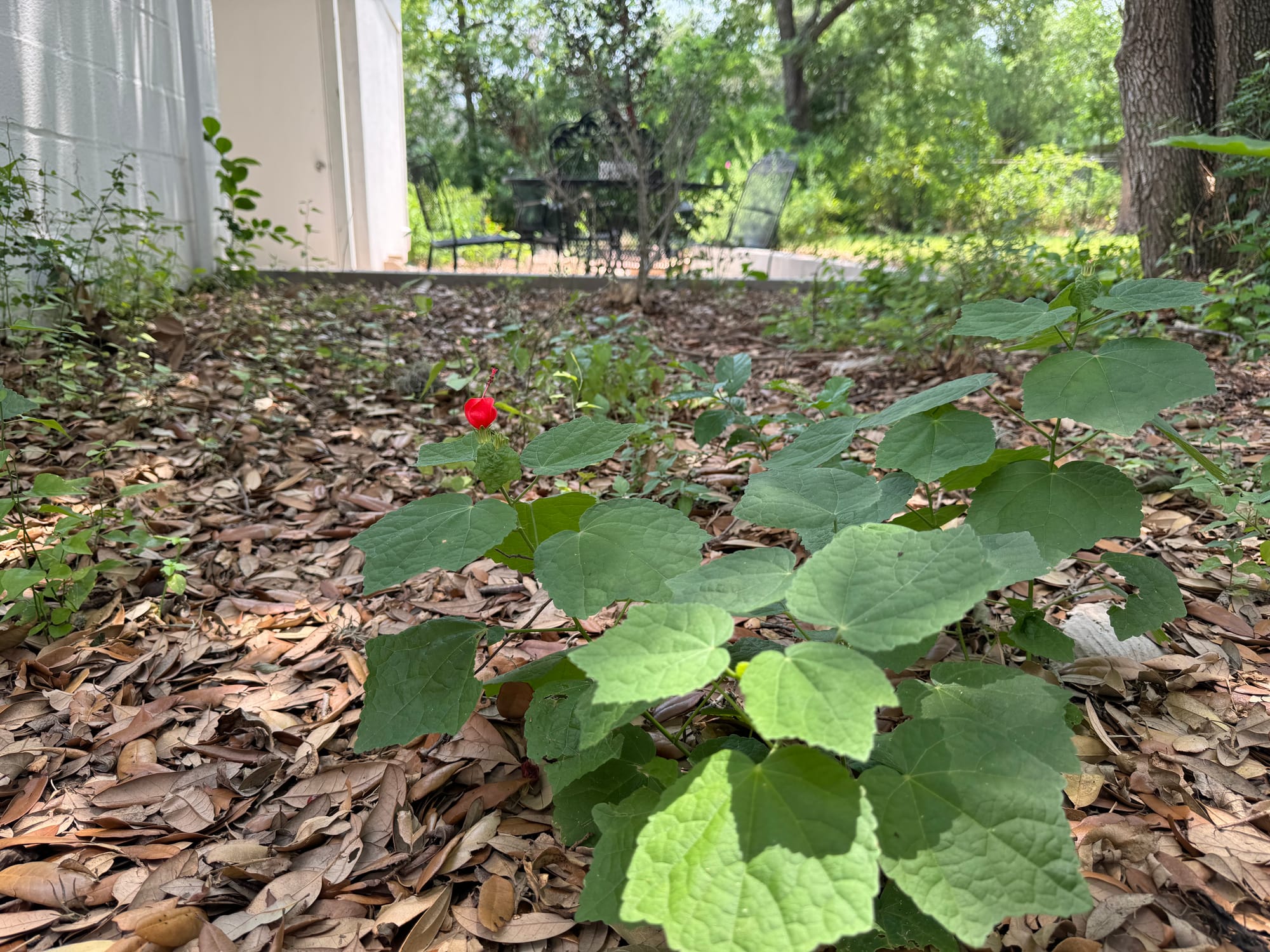
Turk's Cap plants in three different locations. Part-Sun/Direct Sun (Far Left), Dappled Sun (Middle), & Mostly Shade (Right)
How Do You Care for a Turk's Cap?
Care/Maintenance: Once established, Turk's Cap doesn’t require additional watering. In winter, you can prune it all the way back to encourage bushier, more compact growth and more blooms the following year. I recommend cutting back four to five inches above ground.
Companion Plants: Turk's Cap pairs well with other shade-tolerant plants, such as wood fern, lyreleaf sage, and holly fern. Moreover, some other plants that can visually complement it include:
- American Beautyberry
- Chile Pequín
- Yaupon Holly
- Wax Myrtle
- Coral Berry
- Pigeon Berry
- Inland Sea Oats
- Tropical Sage
Seasons: What To Expect
Here’s what to expect from your Turk's Cap plant during the four seasons:
- Spring: Your plant should grow quickly, producing a noticeable amount of new green leaves and tiny buds of flowers ready to bloom.
- Summer: Turk's Cap begins to flower in late spring. So, by summer, your plant should be at its best, with a colorful display of spectacular blooms.
- Fall: As the weather becomes colder, the green foliage on your Turk's Cap will start to turn yellow. Yet, it continues to bloom.
- Winter: In winter, your Turk's Cap rests. It may die back and freeze in cold temperatures. It’s best to prune it back after the last chance of frost, but before late winter spurs new growth. It will return with good growth the next season!
Medicinal/Edible Uses:
Turk's Cap flowers can be used to make a tea that resembles hibiscus. These flowers turn into tiny, apple-like fruit in late summer. Such a fruit is edible raw or cooked and is a favorite of hummingbirds and other wildlife with a taste that apparently resembles watermelon or apples (I can’t speak to first-hand experience here).
The leaves of this plant are also edible, preferably the young ones (older leaves will be too tough). They are reportedly similar to baby spinach.
Finally, Turk's Cap has been historically used to treat diarrhea. The leaves and roots can also be used externally to treat chest congestion.
Turk's Cap Propagation:
From Seeds: Turk's Cap can be easily propagated from seeds. You only need to wait for the late winter frost to be over and plant the seeds in a well-draining soil (no deeper than ¼–½”). That said, it might be challenging to collect the seeds as they fall and get eaten rather quickly, although Turk's Cap seeds can be purchased online from Native American Seed.
From Cuttings: The plant can also be propagated from softwood cuttings in Summer. Ideally, those cuttings are taken from Turk’s Cap’s with strong side shoots. The cutting should be four to six inches long, with the leaves removed from the lower half. You can treat it with rooting hormones, plant it in well-draining soil, and keep it under intermittent mist. Turk’s Cap cuttings can be rooted in as little as three weeks!
*Turk's Cap will also begin to spread quite easily. Just in it's second year, new Turk's Cap plants are sprouting ~1-2 feet away from the mother plant.


Sources:
Along with my own experience working with Turk's Cap in my landscape and learning from my observations out in Texas' natural places, here are all the books and resources that I consulted in producing this page:
📚 Books
- Edible and Useful Plants of the Southwest: Texas, New Mexico, and Arizona by Delena Tull
- Foraging Texas: Finding, Identifying, and Preparing Edible Wild Foods in Texas by Eric M. Knight and Stacy M. Coplin
- How to Grow Native Plants of Texas and The Southwest by Jill Nokes
- Texas Wildcapes: Gardening for Wildlife by Noreen Damude and Kelly Conrad Bender
- Native Texas Plants: Landscaping Region by Region by Sally and Andy Wasowski
🌐 Websites
- (n.d.). Malvaviscus arboreus var. drummondii. Lady Bird Johnson Wildflower Center. https://www.wildflower.org/plants/result.php?id_plant=MAARD

